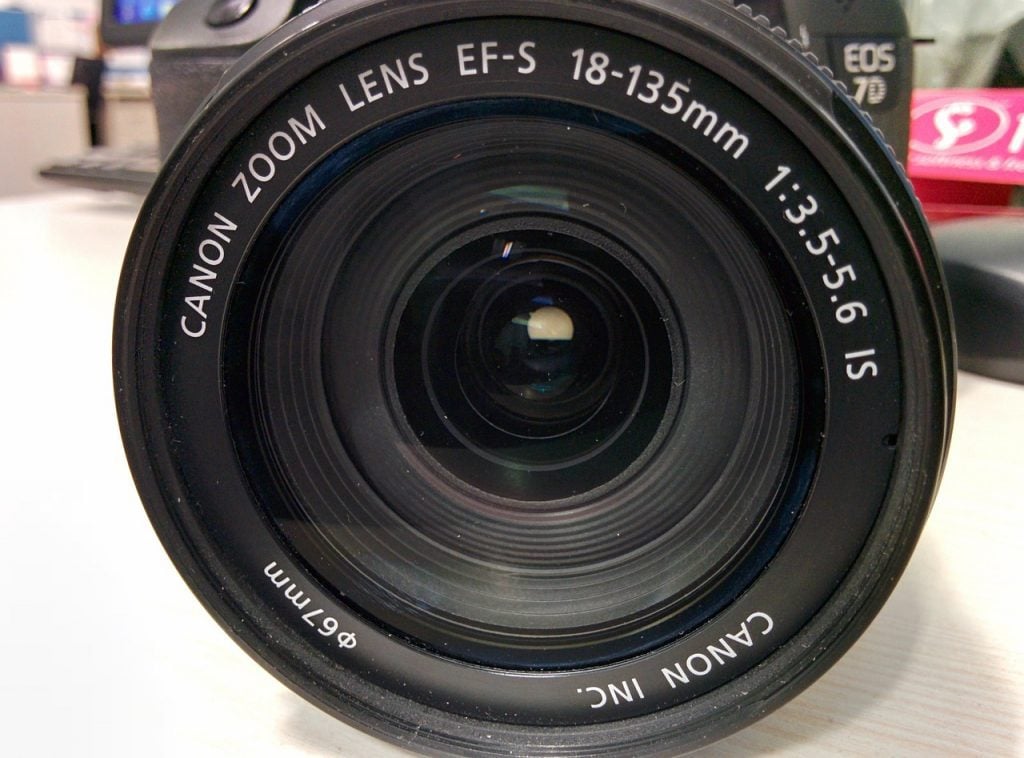Great Cinematography begins with inspiration and research
By David Landau
In my teaching career, I have seen all too often how film students will rush to start production. Other than a scouting trip or a short shot list, the cinematographer and the director will show up on location and start to shoot. But too often their work visually doesn’t resonate with the actual story. The cinematography of any good video or film is always driven by the content and the script. Well before shooting begins, a director of photography needs to intimately know the script and each scene – what is the purpose of the scene within the story, what are the character’s emotions at that moment, what is the intended mood, what are the scenes before and after. This will lead naturally to finding the inspiration for how the story should unfold and look visually.
So the first step for any cinematographer is to read the script and get to know it – understand it – feel it. The next step is to do some research. DPs often get inspiration from paintings and photographs. But inspiration can also come from music and even philosophical ideas. What is the time and place of the story? Is it a period piece? Is it set in an exotic location like “Memories of a Geisha”, or does it reveal an underbelly of society such as “Thirteen” or will it have both such as in “Slum Dog Millionaire”? Is it present or past or future and what would those time periods look like in terms of color, contrast, and atmosphere? Look at the extreme differences between the looks of “Minority Report” and “Blade Runner”, both stories set in the future but with widely different feelings and looks.
Some DPs will meet with the Director first before starting to come up with their own ideas, while others will bring with them visual references to share with a director on what they are thinking would work for the story and overall film. This is often called a Look Book. Sometime directors will create their own look book to share with their DP and art director. The first meeting with the director is all about how the director sees the film, what they want in mood, feeling, texture and how they want the audience to react. Later meetings will involve shot lists, storyboards and shooting order, but the initial meeting is to discuss the script and see if both the director and DP are on the same page, thematically and visually. Does the DP understand the theme of the story – the character arcs, the turning points? What is the director’s primary focus – style, laughs, tension, character study, etc.. All of this will inform and inspire the DP’s creation of the images that best support the final film.
The movie “Titanic” was strictly geared towards being a tear jerker – nothing else mattered. The primary audience was romantic females so everything in the production – from the casting to the costumes to the sets and the cinematography was geared towards that audience. Look at the elegance in which the images were photographed, the color palette, the image softness, the glisten in almost every shot. Nothing was lit or photographed naturalistically. Cargo holds are dark and scary places, but in the love scene it’s a soft white pastel imagery. Below deck rooms and hallways are dingy and dirty and cramp – but not when the lovers go there to dance, it all had the look and feeling of an after hours nightclub and a party. Every shot was romanticized, including the many death scenes which were made all the more melodramatic by the camerawork. Book covers from Romance novels, photos of the luxury cruise ships and their high society passengers and looking at the melodramatic silent movies of the time period could all give ideas on how to shoot that film which won Russell Carpenter an Oscar. (He also shot the TV show Wonder Years, True Lies, 21, Charlie’s Angels, The Ugly Truth)
In “Saving Private Ryan” the harsh cold brutality was the main focus of the opening scenes. Washed out colors with a grittiness and framing that imitated the actual photography taken by war cameraman was what the DP was going for. Compare the handheld camera work in that film against the handheld camera work of the Bourne movies. They are very different in feeling, in framing and in movement. Janusz Kaminski watched world war II news footage for inspiration. He also looked at the films made in color during the 1940s. Even more importantly, he looked at the framing from that time period. Kaminski won an Oscar for that film too.
Reading and understanding the script and talking with the director will allow the DP to discovery how the script and the story wants to be shot. What style, what colors, what feelings will come from the script but also from the research the DP does. That’s how the best visual style of any story is created.





